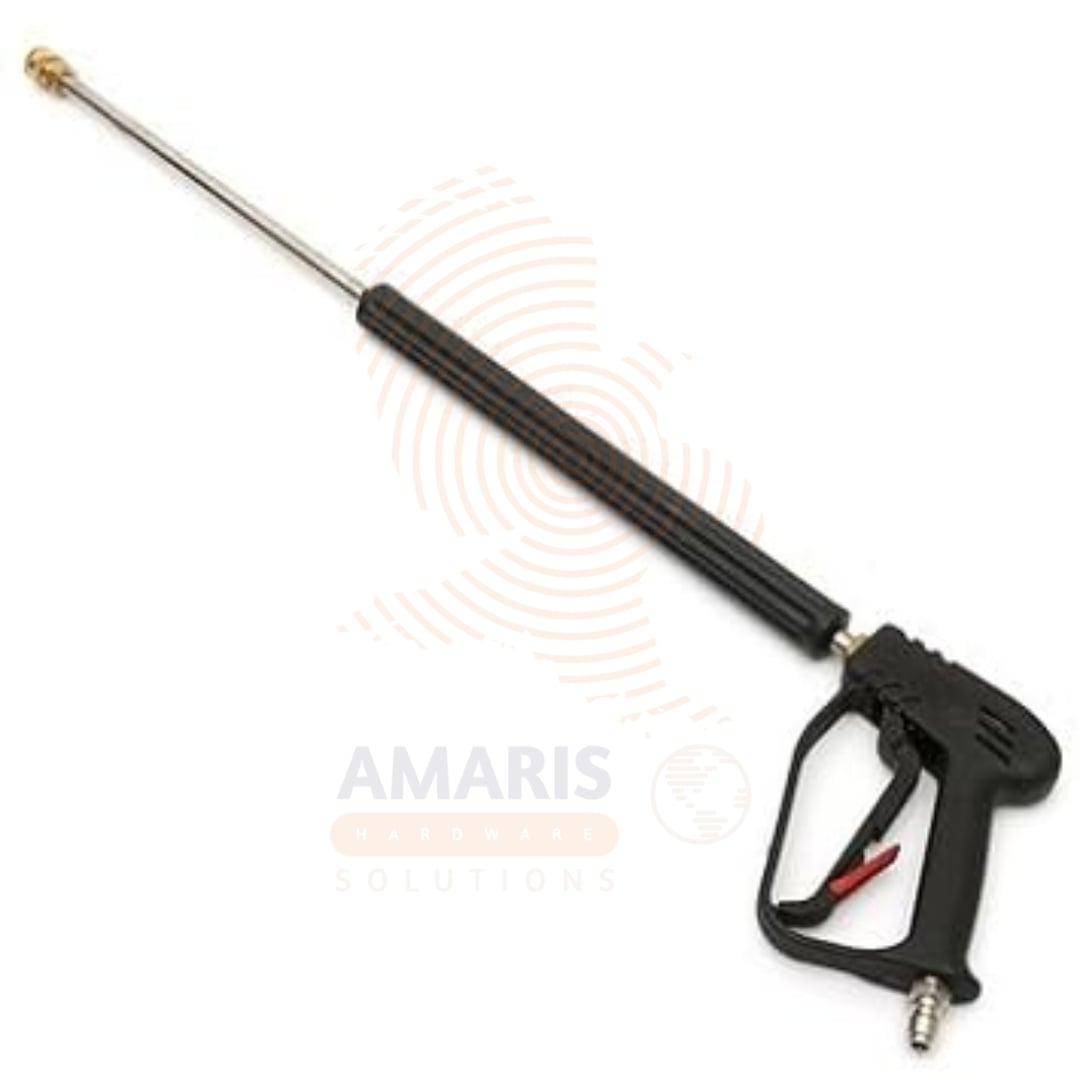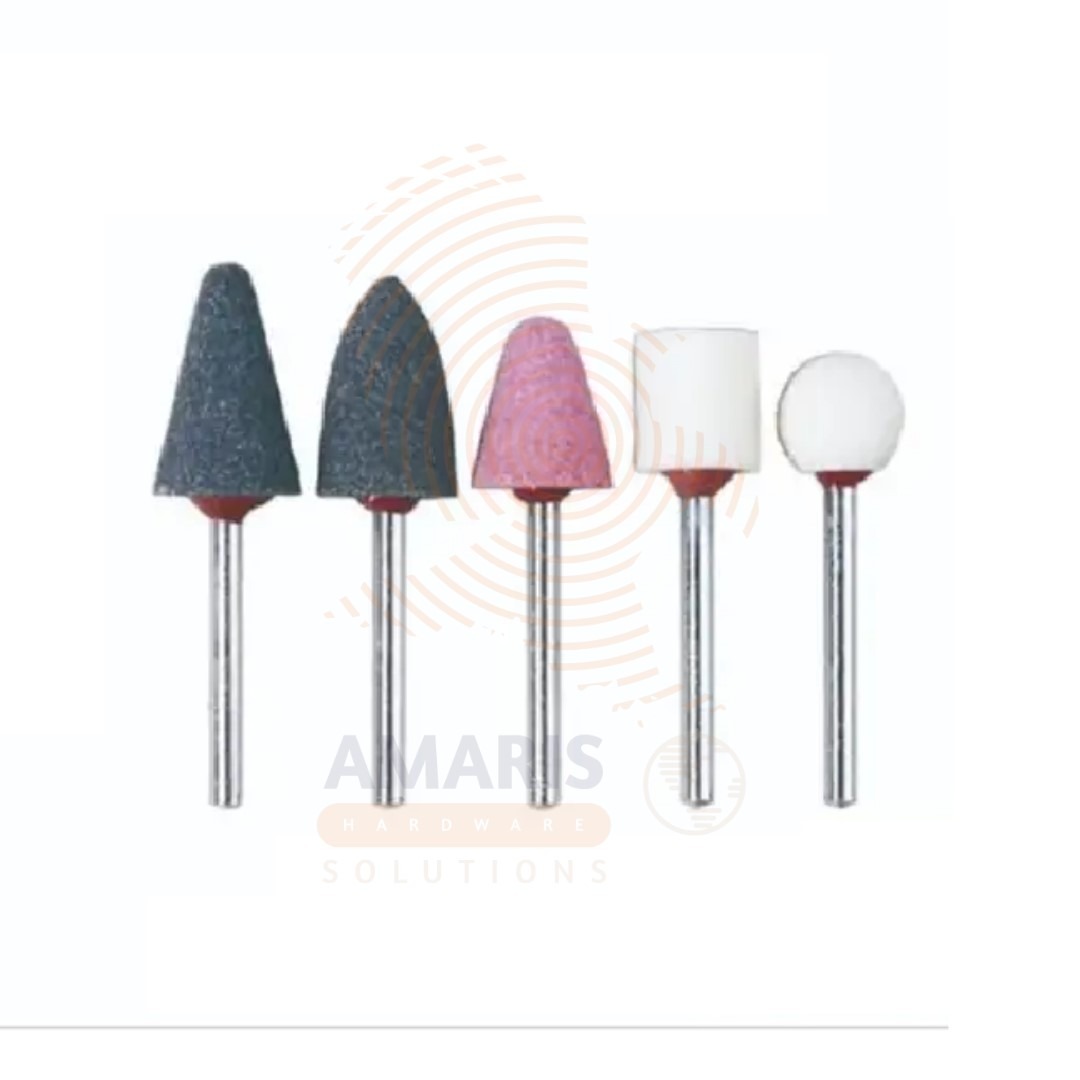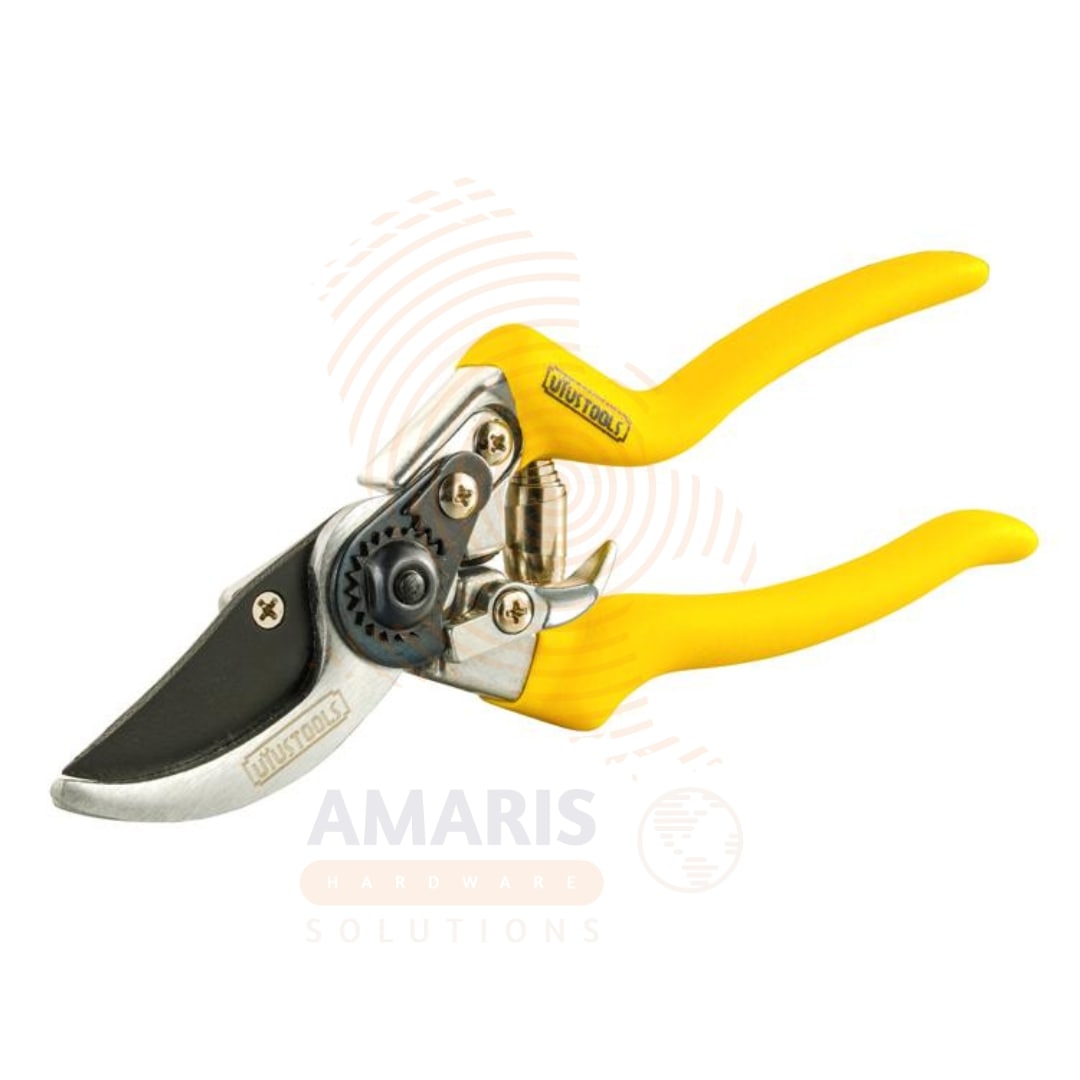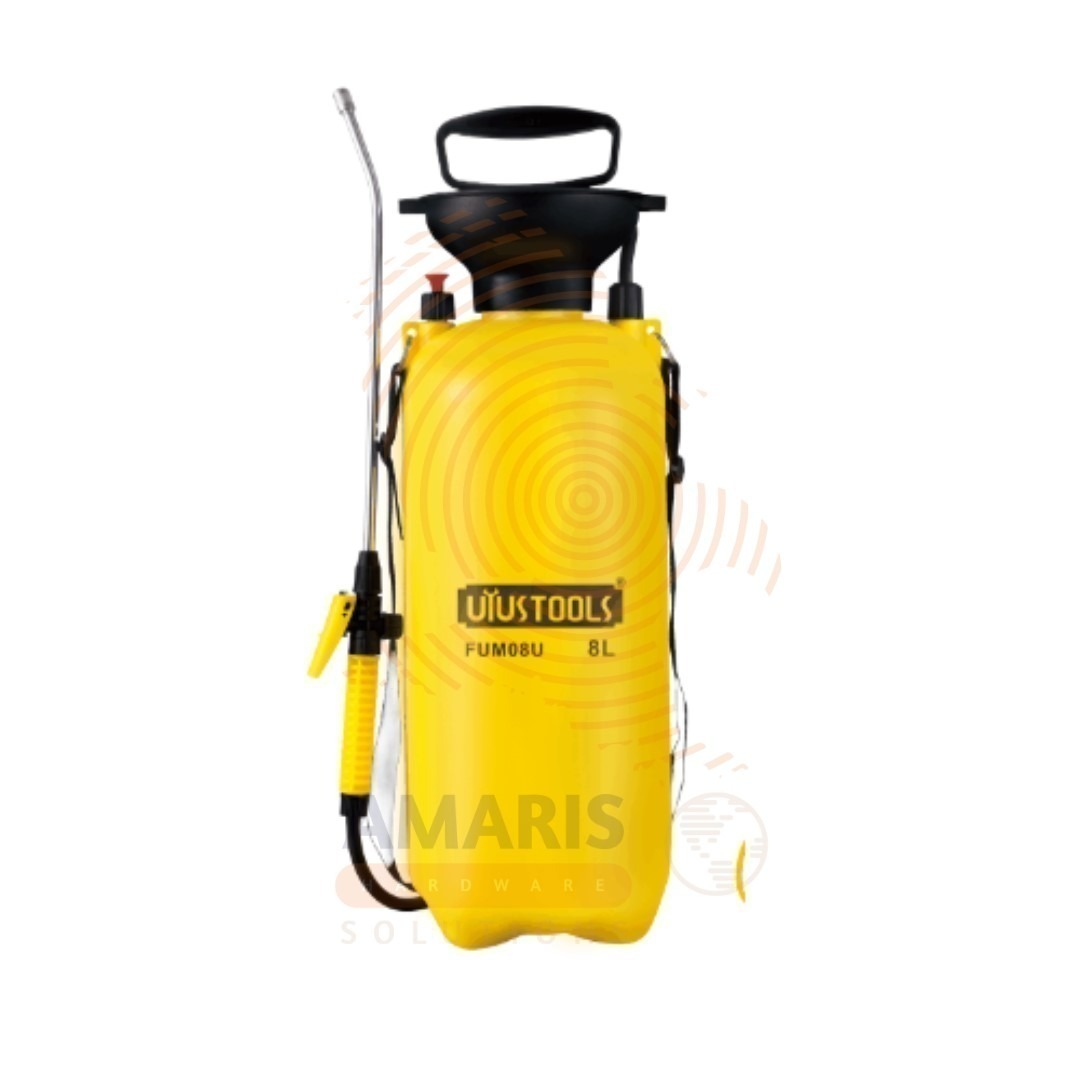In the bustling realm of hardware tools, where hammers reign as kings and wrenches command respect, there’s a quiet hero often overlooked: the humble pipe cutter. It’s not the flashiest tool in the box, nor does it boast the brute strength of its more prominent counterparts. But, make no mistake, the pipe cutter is a masterpiece of precision and efficiency.
Anatomy of a Pipe Cutter
A typical pipe cutter consists of a sharp cutting wheel and two or more guide rollers. Here’s a closer look at its main components:
- Cutting Wheel: This is the star of the show. Made from hardened steel, the cutting wheel is designed to score the pipe with minimal effort.
- Guide Rollers: These rollers ensure the pipe is held securely in place and helps to maintain a straight cut.
- Adjusting Mechanism: This part of the tool allows the user to adjust the cutter to fit different pipe sizes. It can be a simple screw mechanism or a more complex ratcheting system in advanced models.
How It Works
Using a pipe cutter is straightforward but requires a bit of finesse. Here’s a step-by-step guide:
- Measure and Mark: Determine the length of the pipe you need and mark the cutting point with a marker or tape.
- Adjust the Cutter: Open the cutter’s jaws wide enough to fit the pipe. Place the pipe between the cutting wheel and the guide rollers.
- Tighten: Turn the adjusting knob until the cutting wheel makes firm contact with the pipe.
- Rotate: Rotate the cutter around the pipe, gradually tightening the knob with each rotation. The cutting wheel will score the pipe deeper with each pass until it slices through cleanly.
- Smooth the Edges: After cutting, you might need to use a deburring tool to smooth out any rough edges, especially if you’re working with copper or plastic pipes.
The Types and Their Triumphs
Pipe cutters come in various types, each suited for specific tasks:
- Standard Pipe Cutters: Perfect for copper and brass pipes, these are the most common type found in any plumber’s toolkit.
- Mini Cutters: Ideal for tight spaces where a standard cutter won’t fit. These are compact but just as effective.
- PVC Cutters: Designed specifically for cutting plastic pipes, these cutters usually have a ratcheting mechanism to handle the thicker walls of PVC.
- Steel Pipe Cutters: For the heavy-duty tasks, these cutters are built to handle the tougher materials like galvanised steel or cast iron.
Why the Pipe Cutter is Essential
The beauty of a pipe cutter lies in its precision and ease of use. Unlike a hacksaw, which can leave jagged edges and requires considerable effort, a pipe cutter ensures a smooth, even cut with minimal physical exertion. This precision is crucial in plumbing, where a clean cut can mean the difference between a successful installation and a leaky disaster.
Conclusion
The pipe cutter may not have the glamour of a power drill or the sheer force of a sledgehammer, but its contribution to the world of hardware is undeniable. It embodies the principles of precision, efficiency, and simplicity. So, the next time you see this unassuming tool in the hardware aisle, give it a nod of respect. For in its sleek design and sharp wheel lies the power to transform plumbing projects and bring order to chaos, one clean cut at a time.

















Add comment